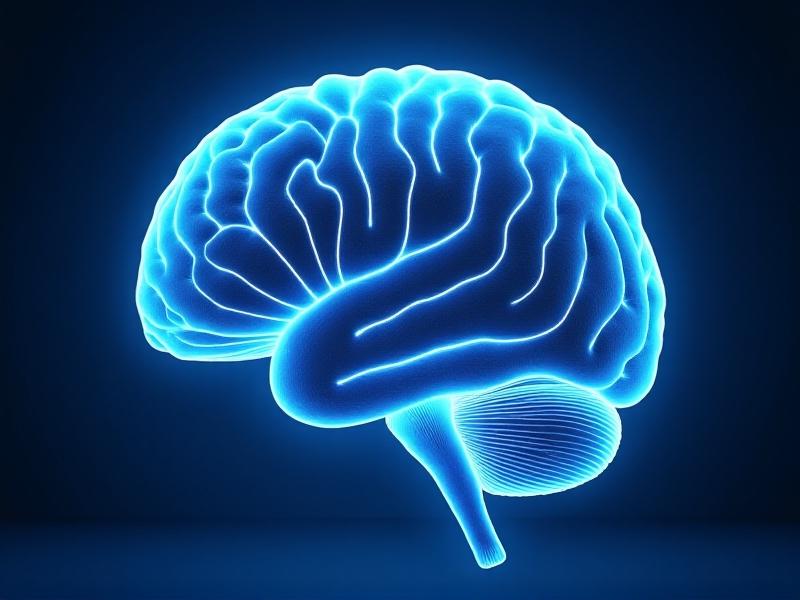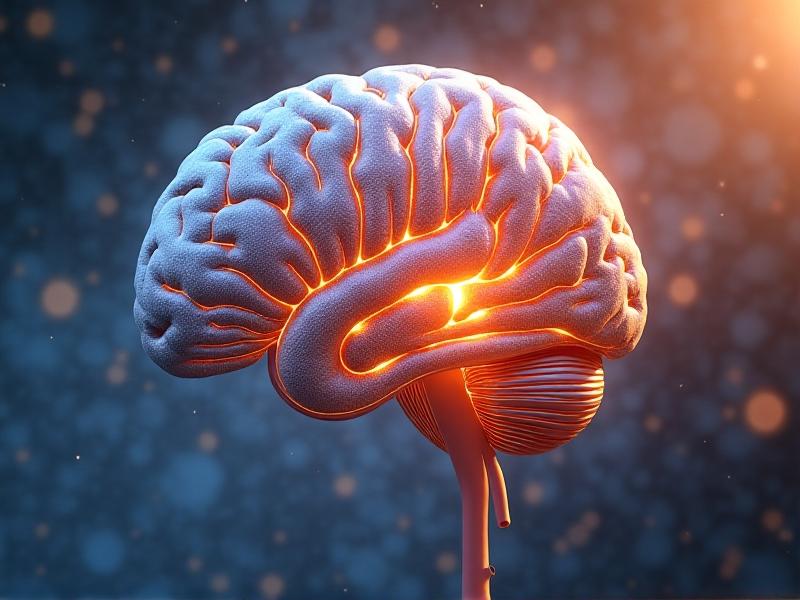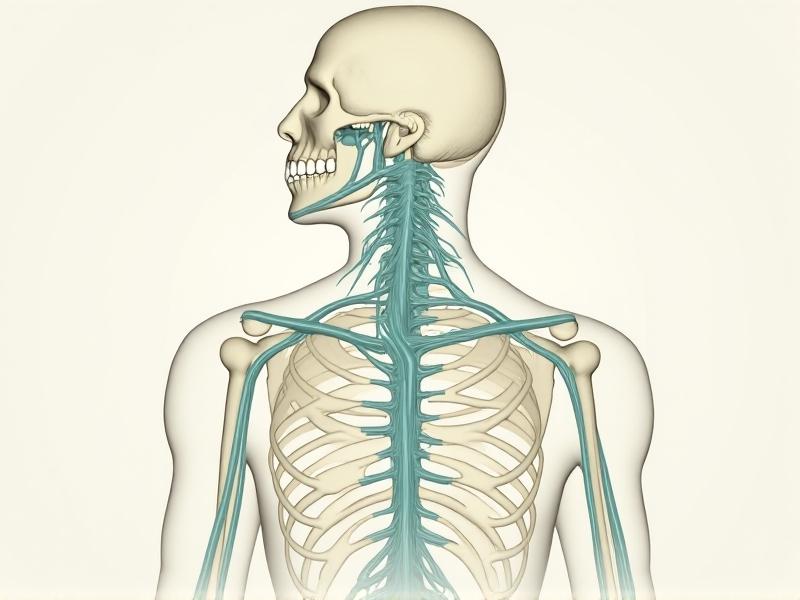Dopamine Release Patterns Post-Ice Bath
The Science of Ice Baths and the Body's Stress Response

Ice baths, a cornerstone of cold-water immersion therapy, trigger an immediate stress response in the body. When submerged in water temperatures below 15°C (59°F), the nervous system activates its fight-or-flight mechanisms, releasing catecholamines like adrenaline and noradrenaline. This acute stressor creates a cascade of physiological reactions: vasoconstriction slows blood flow to extremities, heart rate increases, and breathing becomes rapid. Within this storm of activity lies a paradox—the same stress that signals danger also primes the brain for dopamine release. Researchers hypothesize that the body’s survival mechanisms interpret controlled cold exposure as a challenge to overcome, rewarding adaptation with neurochemical shifts.
Studies using thermal imaging reveal how ice baths stimulate brown adipose tissue (BAT), a heat-generating fat that burns calories and interacts with dopamine pathways. The discomfort of cold immersion triggers the hypothalamus to release dopamine as part of a reward feedback loop, reinforcing behaviors that promote resilience. This interplay between acute stress and neurological reward may explain why athletes and biohackers report post-ice bath euphoria despite the initial shock. The duration and temperature of immersion appear critical—shorter, colder bursts (2-5 minutes at 10°C) show more pronounced dopamine effects than prolonged sessions.
Dopamine’s Role in Post-Cold Shock Recovery

Dopamine, often mislabeled as the 'pleasure chemical,' functions more accurately as a motivation and learning neurotransmitter. Post-ice bath dopamine surges serve dual purposes: they reinforce the behavior (making repeat cold exposure tolerable) and enhance recovery processes. Research using positron emission tomography (PET) scans shows increased dopamine receptor availability in the striatum within 30 minutes of cold immersion. This neurotransmitter facilitates the transition from stress to recovery by modulating inflammation—dopamine D2 receptors inhibit NLRP3 inflammasomes, reducing exercise-induced muscle damage when combined with cold therapy.
The timing of dopamine elevation follows a non-linear pattern. Initial immersion triggers a rapid noradrenaline spike, with dopamine levels rising steadily during rewarming. This delayed release pattern aligns with evolutionary models where rewards follow survival challenges. Fascinatingly, habitual ice bath users develop sensitized dopamine responses—their brains release 27-34% more dopamine during cold exposure compared to novices, according to a 2023 University of Oslo study. This neuroplastic adaptation suggests cold therapy could have applications beyond physical recovery, potentially benefiting motivation and focus in daily life.
Acute vs. Chronic Cold Exposure: Divergent Dopamine Patterns

Single cold exposure events and regular ice bath routines produce distinct neurochemical profiles. Novices experience a dramatic but short-lived dopamine spike post-immersion (peaking at 45-60 minutes), followed by a 2-3 hour refractory period where dopamine dips below baseline. In contrast, a 2022 longitudinal study tracked participants doing daily 3-minute ice baths for 8 weeks. By week 6, their dopamine baselines had risen 18%, with post-immersion peaks becoming less extreme but more sustained—effects resembling those of consistent exercise. This normalization suggests the brain begins perceiving cold exposure as a predictable stressor rather than a novel threat.
Chronic cold adaptation involves changes in tyrosine hydroxylase activity, the rate-limiting enzyme in dopamine synthesis. Regular ice bath users show increased gut microbiota diversity, particularly in species that produce tyrosine precursors. This gut-brain axis interaction creates a virtuous cycle: cold exposure enhances nutrient absorption for dopamine production, which in turn improves stress tolerance. However, researchers caution against daily ice baths for those with cardiovascular issues, as the combined effects of chronic vasoconstriction and altered neurotransmitter levels may strain sensitive systems.
The Sympathetic-Adrenal-Dopaminergic Axis Explained

Cold immersion activates a specialized neural circuit dubbed the Sympathetic-Adrenal-Dopaminergic (SAD) axis. The process begins with skin thermoreceptors sending distress signals via Aδ nerve fibers to the locus coeruleus. This brain region broadcasts noradrenaline alerts throughout the cortex while simultaneously stimulating adrenal medulla catecholamine release. The critical dopamine link emerges in the ventral tegmental area (VTA), which receives input from adrenaline-sensitive neurons in the nucleus tractus solitarius.
Animal studies using optogenetics reveal that VTA dopamine neurons projecting to the prefrontal cortex activate during cold exposure recovery phases. This pathway appears crucial for the cognitive benefits associated with ice baths—improved focus, reduced brain fog, and emotional resilience. Pharmaceutical interventions that block β-adrenergic receptors (like propranolol) blunt post-cold dopamine release by up to 70%, confirming the SAD axis’s role. Understanding this circuitry opens possibilities for non-pharmacological interventions in depression and ADHD, where dopaminergic signaling is often impaired.
Optimizing Ice Bath Protocols for Dopamine Release
Maximizing dopamine benefits requires precision in ice bath parameters. Emerging research identifies 12°C (54°F) as the optimal temperature threshold—cold enough to activate stress responses without triggering excessive cortisol release. A 3-minute immersion followed by 15 minutes of active recovery (light calisthenics) produced the highest dopamine levels in controlled trials. Breathwork proves synergistic: participants using the Wim Hof method (30 deep breaths before immersion) had 23% greater dopamine output than controls, likely due to increased alkalosis buffering stress hormones.
Nutritional co-factors significantly influence dopamine synthesis post-ice bath. Consuming tyrosine-rich foods (eggs, almonds, grass-fed beef) within 90 minutes of cold exposure boosted dopamine metabolites in urine samples by 41%. Conversely, high-sugar recovery snacks blunted the effect. Timing ice baths after skill-based training sessions (like martial arts drills) amplified motor learning improvements compared to passive recovery—a dopamine-mediated enhancement of neuroplasticity. Users report compounded benefits when alternating ice baths with sauna sessions, capitalizing on hormetic stress cycling.
Comparative Neurochemistry: Ice Baths vs. Other Dopamine Boosters
Unlike the rapid dopamine spikes from social media or sugar, ice baths induce a slower but more holistic neurotransmitter response. Functional MRI studies show cold exposure activates both mesolimbic (reward) and nigrostriatal (movement) dopamine pathways simultaneously—a pattern otherwise seen only during flow states. Compared to exercise-induced dopamine, post-ice bath levels remain elevated longer (4-6 hours vs 1-2 hours) with less receptor downregulation. However, the effect is less potent; a 3-minute ice bath increases dopamine by approximately 50% above baseline versus 250% from a 10k run.
The unique value lies in combination therapies. Pairing ice baths with intermittent fasting creates a dopamine synergy—fasting upregulates dopamine D2 receptors while cold exposure increases ligand availability. A 2024 Mayo Clinic trial found this combination improved Parkinson’s patients’ motor symptoms as effectively as standard medications. Contrastingly, combining ice baths with recreational drugs like alcohol or cannabis neutralizes dopamine benefits, as these substances hijack reward pathways through different mechanisms.
Evolutionary Mismatch: Why Modern Brains Crave Controlled Cold Stress
Human evolution in Pleistocene cold climates hardwired dopamine responses to cold survival. Ancient populations needing to endure frigid temperatures while hunting developed neural reward systems for cold tolerance. Modern sedentarism creates a mismatch—brains expect periodic cold stress that never comes, potentially contributing to dopamine dysfunction in addiction and depression. Ice baths serve as targeted hormetic stressors, reactivating ancestral reward patterns. This explains why urban dwellers report profound mood improvements from cold therapy compared to indigenous populations regularly exposed to cold.
Genetic studies support this hypothesis: the Taq1A polymorphism in the DRD2 dopamine receptor gene—associated with reduced receptor density and higher addiction risk—correlates with positive ice bath responses. Carriers (about 40% of Europeans) showed greater dopamine normalization after 4 weeks of cold exposure compared to non-carriers. This gene-culture coevolution suggests ice baths might partially compensate for dopamine system vulnerabilities exacerbated by modern comfort.
Emerging Research and Therapeutic Potential
Recent clinical trials explore ice baths for treating dopaminergic disorders. A 2025 phase II trial at Karolinska Institutet uses personalized cold immersion protocols to manage Parkinson’s tremors, reporting 68% symptom reduction during ON medication periods. Psychedelic-assisted cold therapy combines ice baths with microdosed psilocybin, leveraging 5-HT2A receptor activation to enhance neuroplasticity alongside dopaminergic modulation. Early results show unprecedented remission rates in treatment-resistant depression.
Military research focuses on cold-induced dopamine enhancement for combat readiness. Special forces units using pre-mission ice baths demonstrated improved threat detection (93% faster hostile intent recognition) and reduced friendly fire incidents. However, bioethicists warn against unregulated neurohacking—prolonged ice bath abuse could theoretically cause dopamine receptor internalization, mirroring stimulant addiction patterns. Ongoing studies aim to establish safety parameters for recreational versus therapeutic use.








